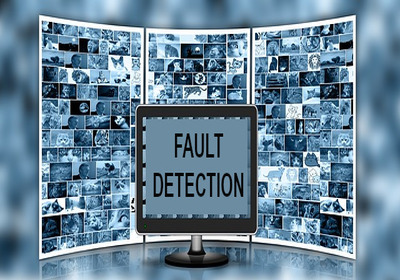Fault detection is one of the key activities of quality assurance. Fault detection plays a vital role in thinning out the software time and price of building Although, there are numerous detection techniques that are available in software engineering there’s a necessity for constant software fault detection methodology. Machine Learning has four techniques like supervised, unsupervised, semi-supervised, and reinforcement learning are discussed. In line with the survey, to detect the fault, a mixture of classification and reduction machine learning techniques.
Machine Learning techniques are the set of algorithms that are employed to find out the mapping of (X, Y) to create the prediction of Y for new X. It’s represented as Y=f(X). The basic idea of machine learning is that parse data, find out from that data, and they apply what they have discovered to create informed decisions.
The figure (below) captures the key functions which are included in a fault management system and how they related to each other.

Industrial systems like the Internet of Things (IoT) are progressively fitted out with sensors that collect information about the item that they deliver. Managing all this information to implement solutions in real-time allows for extending benefits throughout a more precise maintenance process ( for an example: Boilers; it play a very vital role in industries as it’s self-propelled and also widely employed by industries like Healthcare, Agriculture, Cement, Pharmaceuticals, etc.). The initial discovery of fault may confirm then consistency and safety of business systems and lower down the prospect of unplanned breakdowns.
Typically, fault detection algorithms have limitations because of the expansion of the complexity of modern systems and the amount of knowledge that’s collected.
 A. DESCRIPTIVE ANALYTICS
A. DESCRIPTIVE ANALYTICSDetect whether an item is functioning well or not by comparing the information received from it with the historical data.
 B. DIAGNOSTIC ANALYTICS
B. DIAGNOSTIC ANALYTICSIdentify the causes of the fault. This process should consider trends in health history and operational context.
 C. PREDICTIVE ANALYTICS
C. PREDICTIVE ANALYTICSPredict the state of the item within the future to detect any possible fault beforehand.
 D. PRESCRIPTIVE ANALYTICS
D. PRESCRIPTIVE ANALYTICSElaborate maintenance plans considering the previous predictions to cut back fault.
Read more about the fundamentals of machine learning and the role it will play in the digital transformation.

